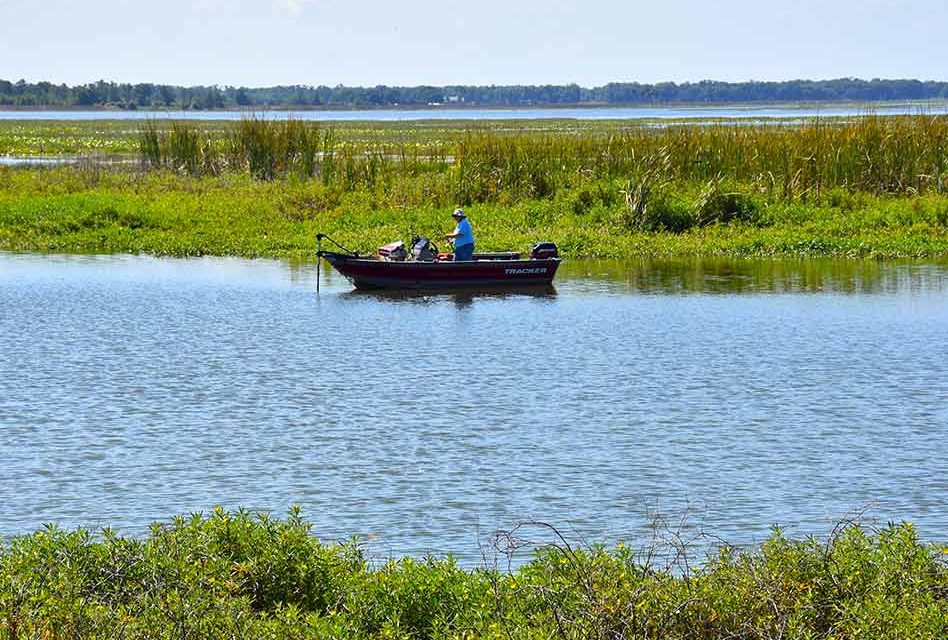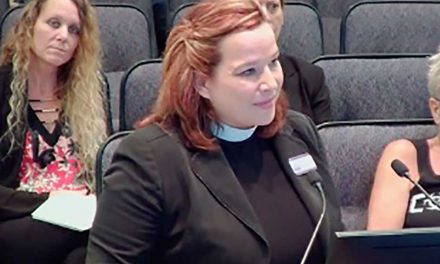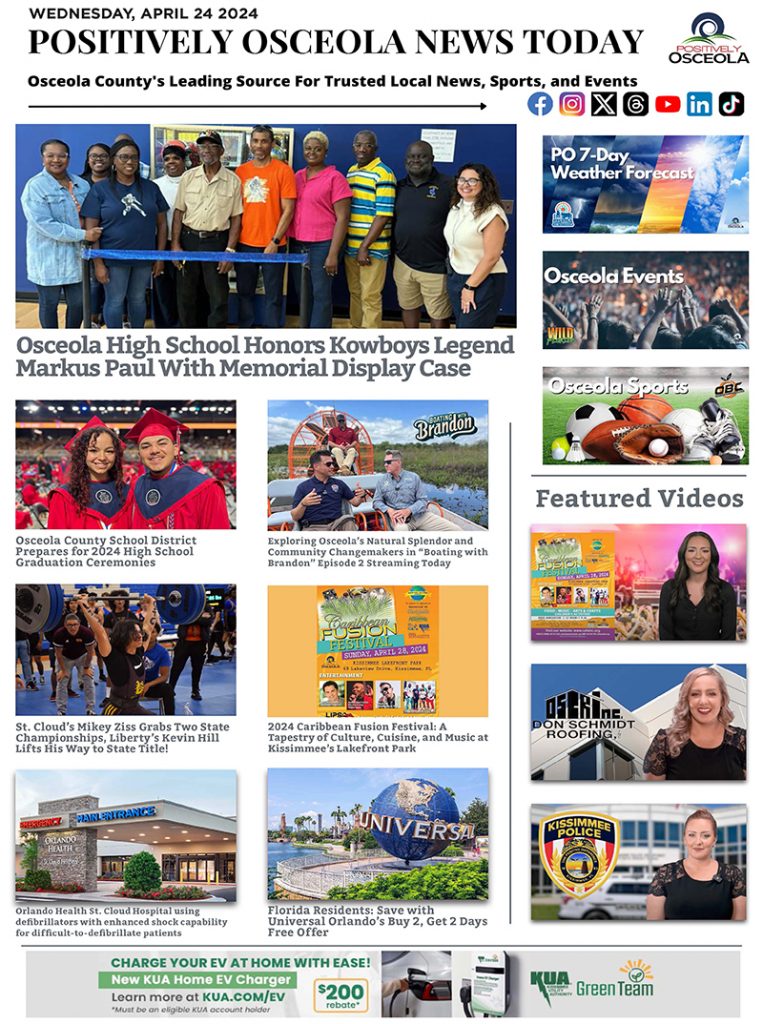Florida Fish and Wildlife Commission is treating hydrilla, Cuban bulrush, water hyacinths, and water lettuce on Lake Toho this week, April 5 – April 9.
FWC treats invasive hydrilla in areas where it is encroaching on beneficial native submersed aquatic plants and where it may impact navigation access. It is managed at different levels in different areas of the lake; annual management plans are created each year by an interagency group working with stakeholders. Hydrilla is managed to provide public navigation in open water areas of the lake and habitat improvement in littoral areas of the lake. Hydrilla is managed to encourage the expansion of native submersed vegetation, especially eelgrass, in the littoral areas of the lake. Management areas are indicated on the attached aerial photo. This treatment plan has been reviewed and approved by FWC waterfowl, fishery, and snail kite biologists.
Cuban bulrush is found in large mats throughout areas of the shoreline impacting native plant communities. FWC fisheries, waterfowl, and snail kite biologists have reviewed and approved these management options.
Water hyacinths and water lettuce are continuing to expand around the perimeter of the lake and displace beneficial vegetation. Management will occur in all littoral areas of the lake. FWC fisheries, waterfowl, and snail kite biologists have reviewed and approved of these management options.
Hydrilla is managed at different levels in different areas of the lake; annual management plans are created each year by an interagency group working with stakeholders. Hydrilla is managed to provide public navigation in open water areas of the lake and habitat improvement in littoral areas of the lake. Hydrilla is managed to encourage the expansion of native submersed vegetation, especially eelgrass, in the littoral areas of the lake. Management areas are indicated in the attached aerial photo. This treatment plan has been reviewed and approved by FWC waterfowl, fishery, and snail kite biologists.
Cattails will be controlled to maintain the navigation trail at the west end of Goblet’s Cove.
FWC will be using Flumioxazin; ProcellaCOR, Diquat, and Aquathol K on the project.


















